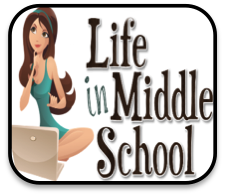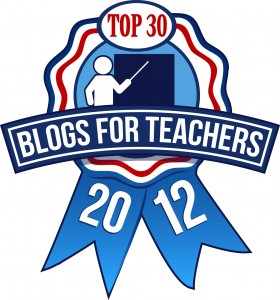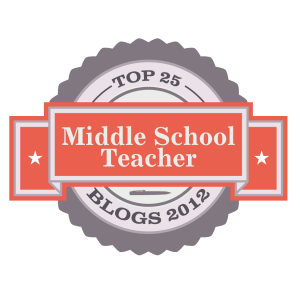What this translates into is a lot of work in my classroom talking about Plot and how events happen in the story that make the story happen. My most repeated phrase, "Think to yourself, if this DID NOT happen, could the rest of the story happen? If the answer is no, that's a plot point." To practice this skill, we draw Plot Charts and guides, talk about the climax and foreshadowing over and over and OVER.
What I like to do in the middle of each story is have that "crayon break" - separate out an activity that allows my students to still do the standard, but to do something fun with it. So we take the story and make our story maps. I have my students take their Plot Maps, pull the events from it and make their story map. They usually have a good time creating their pictures to match the scenes. I'll designate a few boxes to be certain items, like the climax and resolution for example.
If you Google "Story Map" you'll find so many options. My favorite by FAR is the one found in this book:

I've found SO many great things in this book, than any other book I've found. Usually, you can find
one to two types of forms that you can do. In this book - EVERY SINGLE form is fantastic. I frequently have my other teachers borrow this book to copy almost every page in it! If you have Scholastic Bonus Points and you can order this book, I highly recommend it.











0 comments:
Post a Comment
Thank you SO much for commenting on my blog! I read every comment and enjoy listening and seeing your thoughts! :)